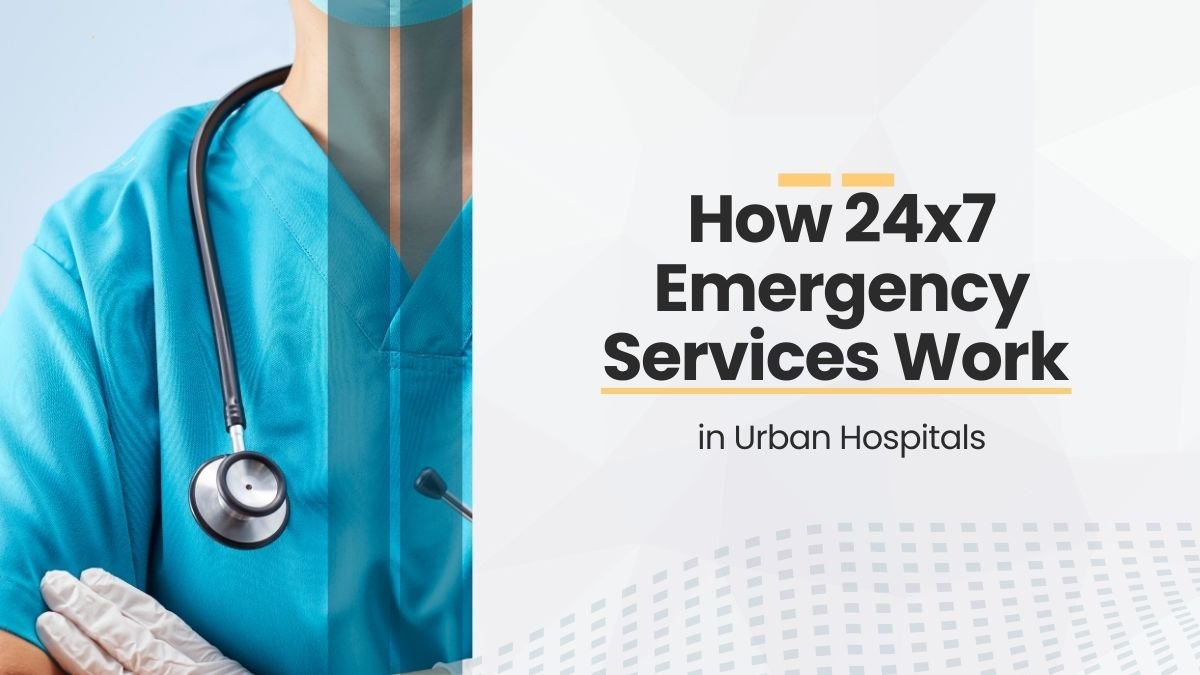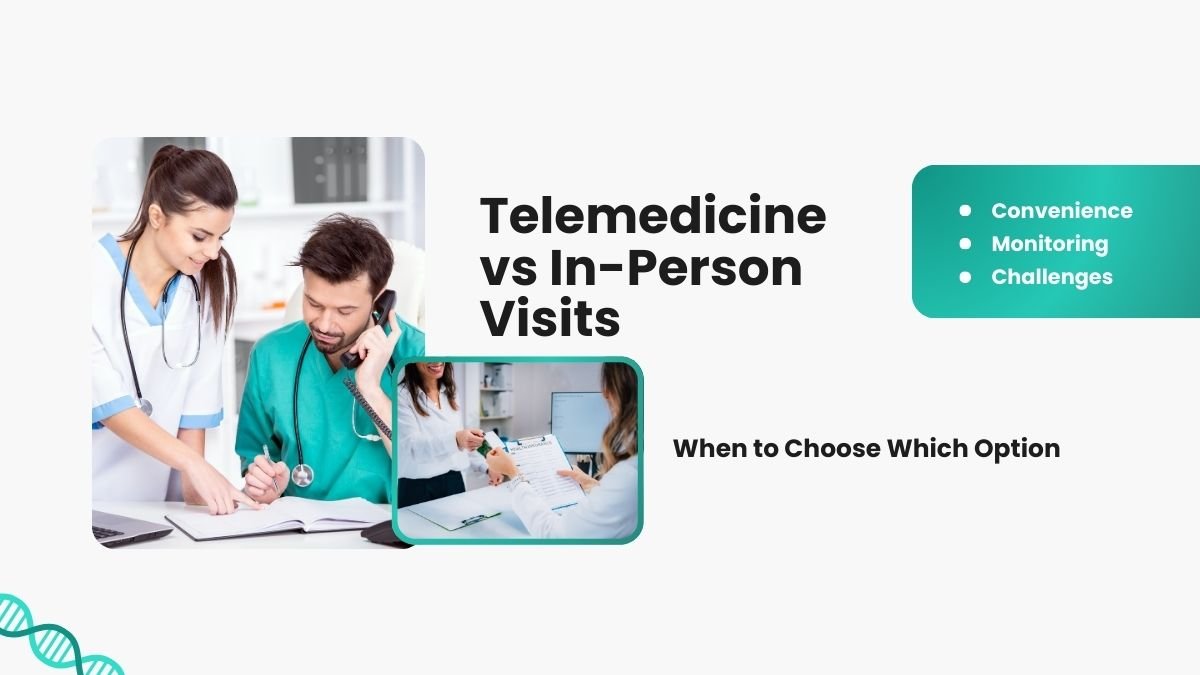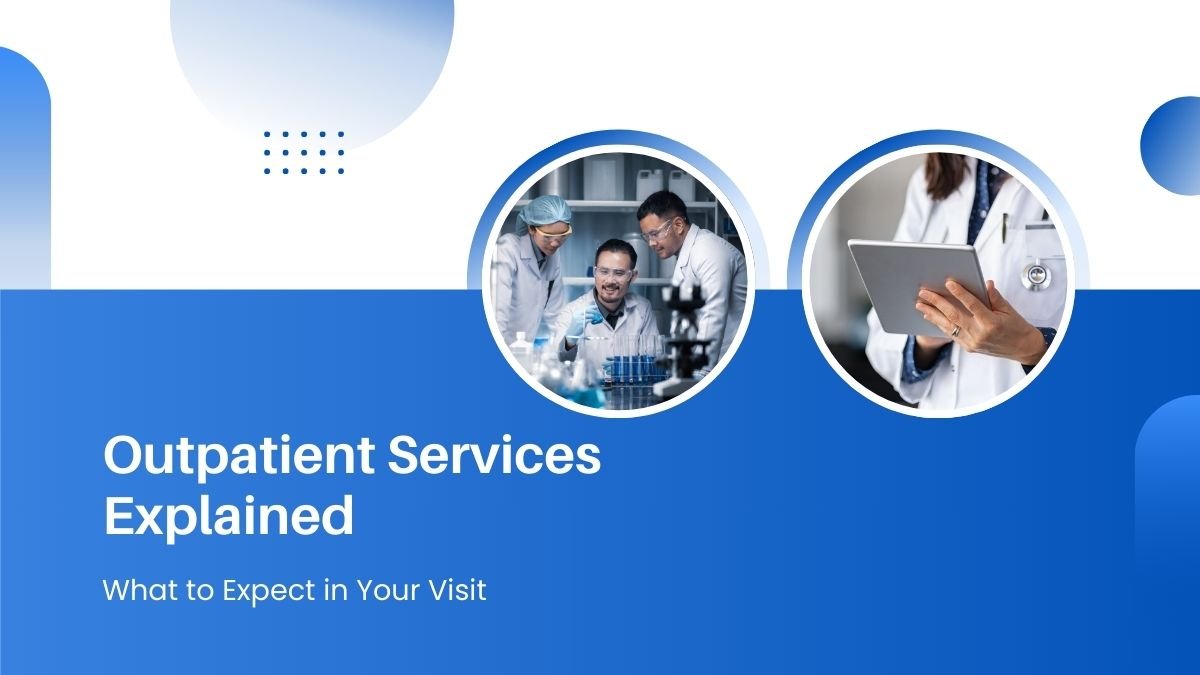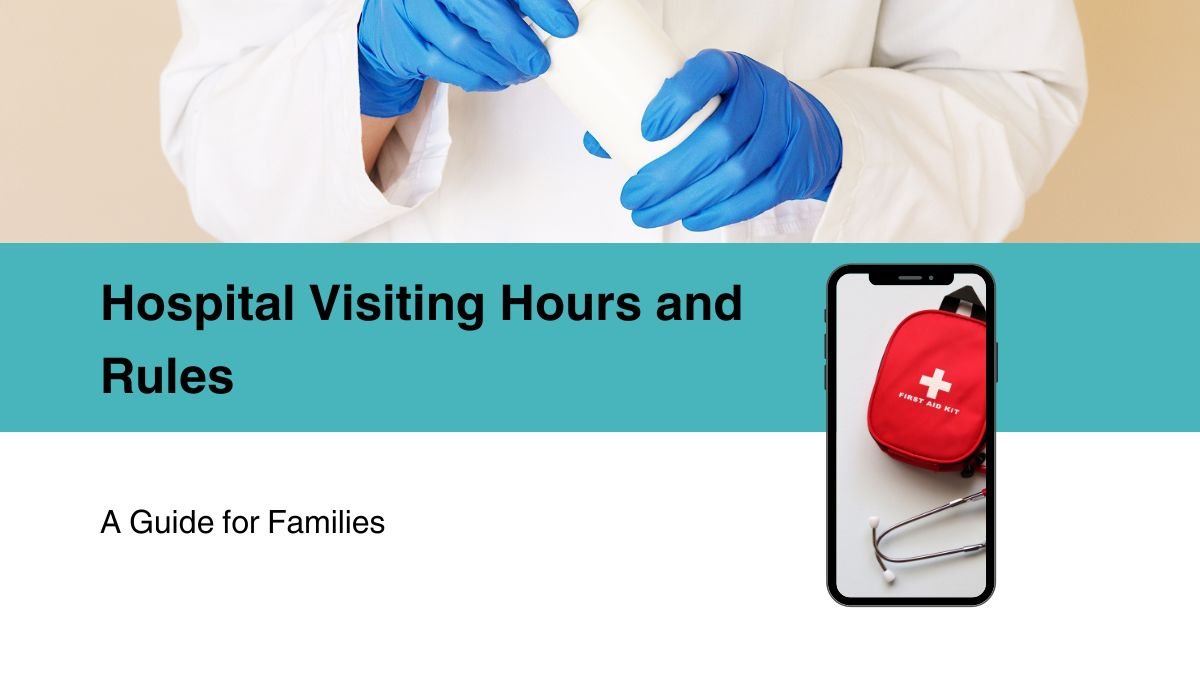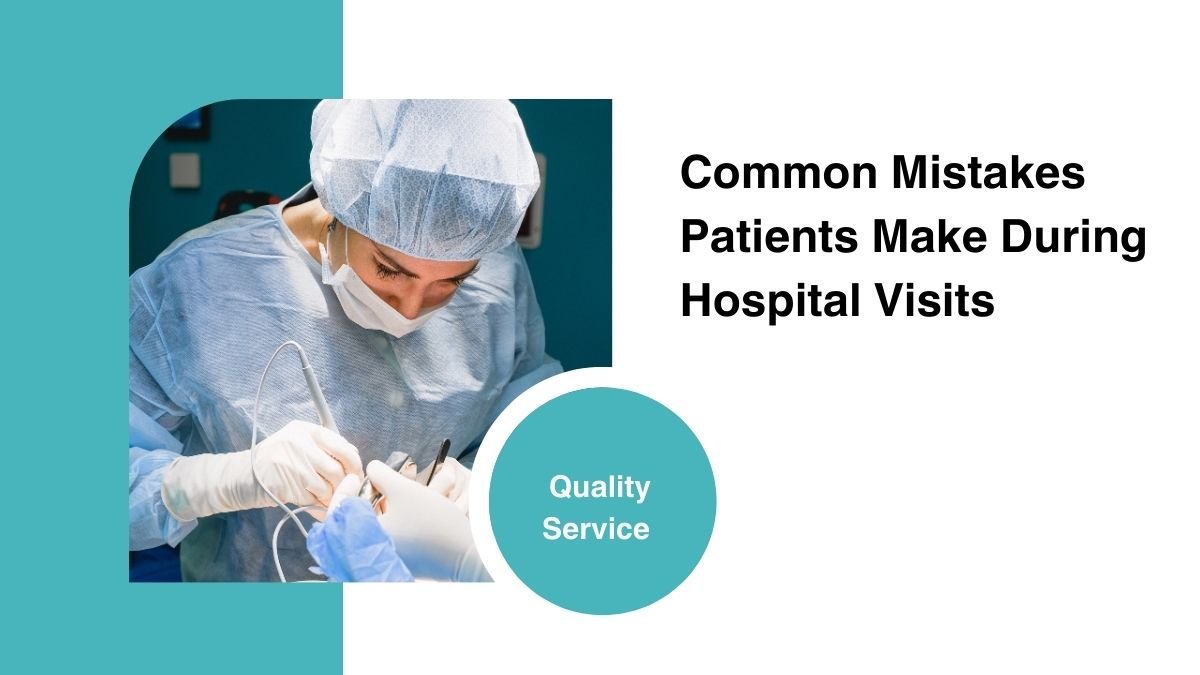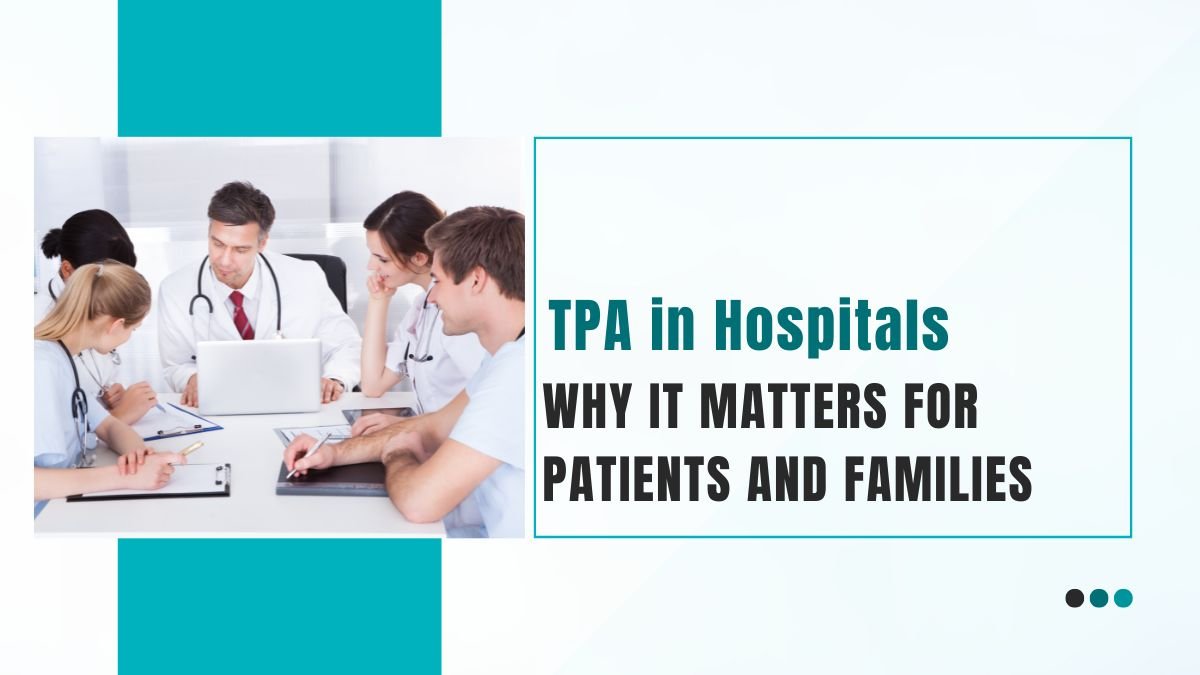24×7 emergency services – why they are important and how they work
If immediate treatment is not available in case of any major accident, heart attack, brain stroke, sudden difficulty in breathing or sudden deterioration in health, the situation can worsen. Sometimes a little delay decides the difference between life and death. At such times, the 24×7 emergency services available in the city hospitals prove to be life-saving.
1. What are 24×7 emergency services?
When we say that 24×7 emergency services are available in the hospital, it means that the hospital is ready all the time. Whether it is midnight, Sunday or a big festival, the hospital staff and machines are always active so that any patient can be treated immediately.
In this, doctors, nurses, technicians, ambulances and necessary equipment are all ready all the time. Its purpose is – the patient gets the right treatment in the “golden hour” i.e. the first hour and his life can be saved.
A small example
Suppose someone has a heart attack at 2 am. If the hospital does not have 24×7 facility, he may have to wait till morning and by then the condition may worsen. But if there are emergency services in the nearby hospital, the ambulance arrives immediately, ECG and medicines are started and this promptness often saves lives.
2. Why are emergency services needed?
Emergencies are those situations which come suddenly and can be life threatening. Such as:
- Serious injury in a road accident
- Heart attack or brain stroke
- Breathing problems or suffocation
- Excessive bleeding, eating poisonous food
- Burns or electric shock
- Sudden worsening of any disease
In such a situation, delay can be very dangerous. This is why 24×7 services are considered very important.
3. Emergency staff and their role
In hospitals, emergency wards are separately and specially made. Staff is present here 24 hours a day.
- Emergency doctor – First of all, he checks the condition of the patient and immediately starts the medicine or test.
- Nursing staff – It is their responsibility to monitor the patient, give medicine and take care of him.
- Technician – X-ray, ECG, blood test or operate machines.
- Paramedics and ambulance driver – They reach the spot first, give first aid and bring the patient to the hospital.
All of them work together as a team so that the hospital never remains empty and the patient gets immediate help in every situation.
4. Golden hour – The most important time to save life
“Golden hour” means the first hour after the emergency. This is the time when life can be saved and serious complications can be avoided if the right treatment is given.
Example
- If a heart attack patient gets angioplasty within an hour, then the chances of his survival increase manifold.
- Giving timely medication to a stroke (brain attack) patient can reduce the risk of paralysis.
- If a child suddenly has trouble breathing and is immediately given oxygen and nebulizer, his condition can be prevented from worsening.
The entire structure of emergency services is built keeping this golden hour in mind.
5. Benefits of immediate treatment
Timely treatment not only saves lives but also saves from long-term problems.
- If a stroke patient is treated on time, he can avoid paralysis.
- If the accident patient’s blood is transfused immediately, the need for a major operation can be reduced.
- The patient and the family get mental peace that help was received on time.
6. Disadvantages of delay
If there is even a slight delay in treatment, the results can be dangerous.
- The patient’s life may be in danger.
- He may have to stay in the ICU for a long time.
- The cost can increase a lot.
- The patient may suffer permanent physical damage, such as paralysis or memory loss.
7. What is required for emergency services?
A good hospital should have the following for 24×7 emergency services:
- Staffing – 24-hour shifts of doctors, nurses, technicians and paramedics.
- Facilities – Ventilator, ECG, defibrillator, emergency OT, blood bank and lab.
- Ambulance – Fast and modern ambulance, equipped with basic treatment machines.
- Technology – Digital records, CCTV monitoring and telemedicine facility.
8. Challenges of emergency services
It is not easy to run these services continuously.
- Expense – Staff salaries, maintenance of machines, electricity and water all add up to a huge cost.
- Staff fatigue – Night duty and continuous patient visits can tire out doctors and nurses.
- Lack of resources – Hospitals, especially in small towns and villages, do not have adequate resources.
- Need for training – It is important to train the staff repeatedly for new diseases and technology.
9. Technology and the future
Nowadays emergency services are getting better with technology.
- Telemedicine – Patients can connect to the doctor immediately through video call.
- Artificial Intelligence (AI) – By looking at the symptoms of the patient, it can identify in advance how serious the case is.
- Remote monitoring – The patient’s report from the village can be sent to the big hospital in the city and immediate advice can be received.
10. Government and policies
Governments are also trying to strengthen emergency services.
- Central command system – So that ambulance, police and hospital can coordinate quickly.
- Increasing the number of health workers – To overcome the shortage of doctors and nurses.
- Insurance and subsidy – To provide free or cheap treatment to poor patients.
Conclusion – Why are 24×7 emergency services necessary?
The truth is that every minute is precious. If the right treatment is received at the right time, then life can be saved. In cities where there is heavy traffic and population, the importance of these services increases even more.
This is not just the responsibility of the hospital. The government, technology companies and all of us will have to cooperate in this.
Because remember – an emergency can come at any time. The hospital and the system have to be ready at all times so that lives can be saved.
